‘It’s a new world’: Latinx characters in comics take flight
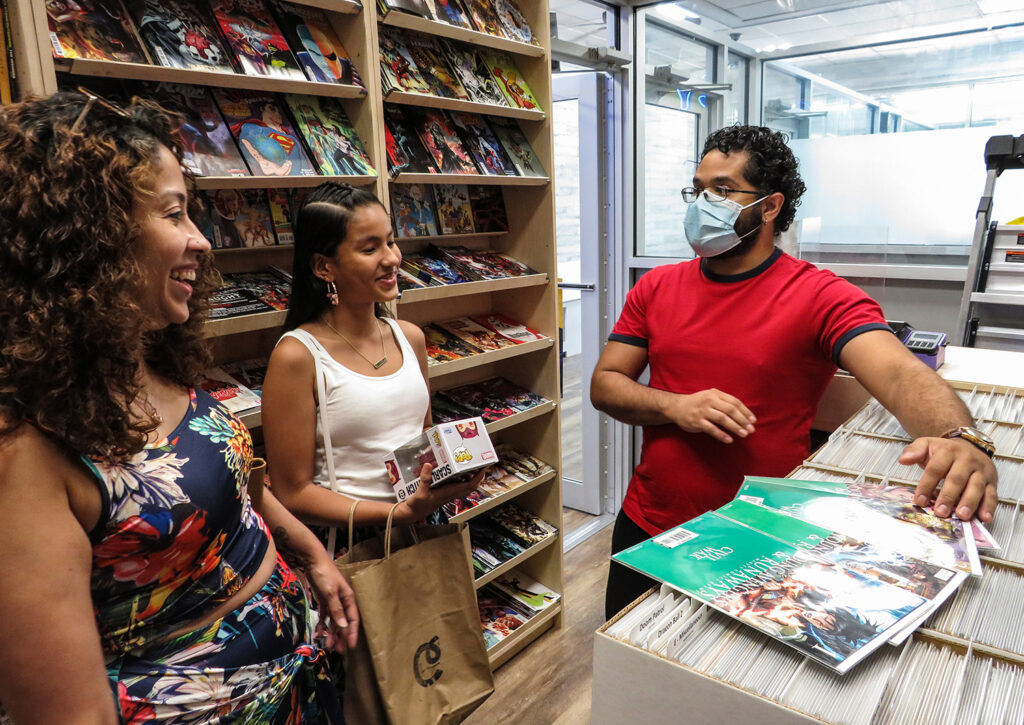
Janet Rodriguez spent her childhood escaping the harsh realities of her home in the Bronx for a world where she was strong, powerful, otherworldly.
The portal to that world was inside a comic book store, whose shelves were lined with the newest installments of her favorite superheroes’ adventures. With her older sibling, Rodriguez would catch up on the stories of Spider-Man, X-Men, the Fantastic Four. These stories transported her.
In these worlds, there were no bullies, no financial hardships. There were also no Latinas.
“You didn’t even see a comic book character with big curly hair or big hips,” Rodriguez said. “Just to have even one when I was growing up would’ve made a huge impact on me.”
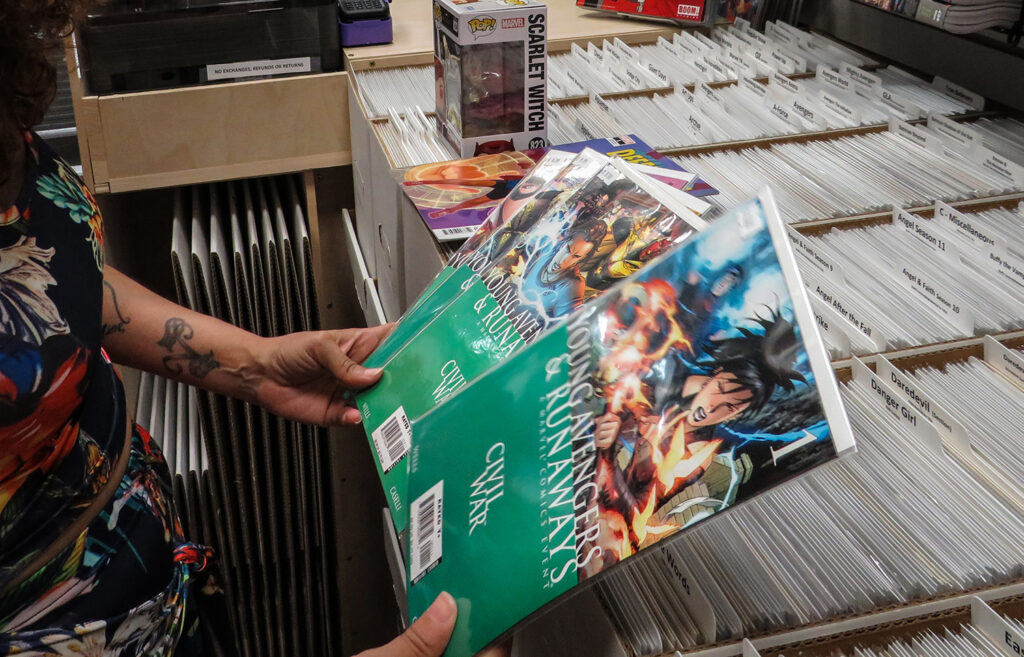
Her search for a powerful Latina comic book character ended after stumbling on the Puerto Rican superheroine La Borinqueña. The comic book created by Edgardo Miranda-Rodriguez in 2016 shares its name with Puerto Rico’s national anthem and depicts a female character who tackles the island’s social and economic challenges.
Strides towards a more inclusive and diverse comic-book industry have become more visible in the last decade thanks to Miranda-Rodriguez and other pioneers who want to create a space to showcase Latinx stories through comics and graphic novels. And they’re making readers like Rodriguez excited for the future of diverse comic book stories.
“It is a phenomenon for us as Puerto Ricans,” Rodriguez said. “I love for others to see Puerto Ricans as great people, strong, and very independent.”
‘I see myself in her’
The first American comic book, Funnies on Parade, was published in 1933. Over the course of the last century, hundreds of characters — including Batman, Superman, Captain America and Wonder Woman — have emerged, leading to a billion-dollar industry.
But the faces of Latinx characters have not been featured prominently until recently.
The 2018 animated film Spider-Man: Into the Spider-Verse, featured an Afro-Latino character transforming into Spider-Man — a superhero who has been portrayed as white since 1962.
In April, Marvel announced that Benito Antonio Martínez Ocasio, better known by his stage name, Bad Bunny, will play the lead role in the upcoming film El Muerto — making him the first Latinx actor to star in a Marvel live-action superhero film.
That same month, Miranda-Rodriguez and actress Rosario Dawson partnered with the Natural Resources Defense Council for a new edition of La Borinqueña centered on climate change. The fictional character, Marisol Rios De La Luz, will team up with Dawson to support expanding solar energy for Puerto Rico.
Miranda-Rodriguez, who created La Borinqueña in 2016, said he knew his character needed to be strong and female.
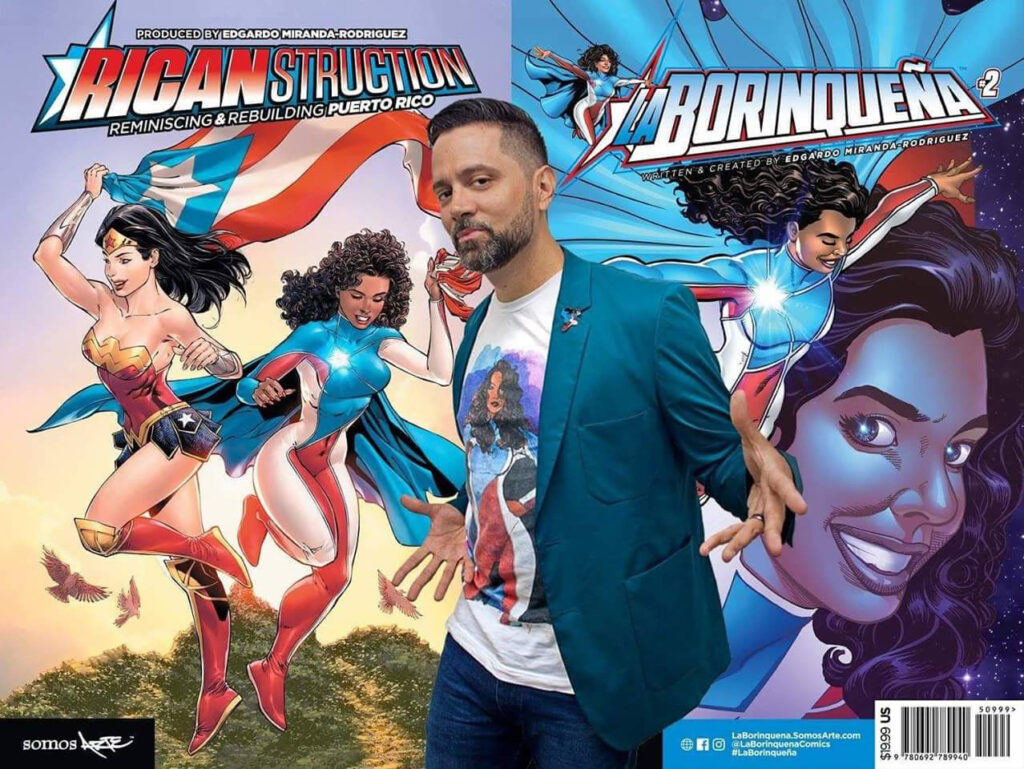
He wanted to see more representation and stories that reflect the diversity of Latinx people and the issues they face, he said. He spent hours researching and developing La Borinqueña series. He looked to Puerto Rico’s past for inspiration, like Mariana Bracetti, leader of the Puerto Rico independence movement in the 1860s and creator of the first Puerto Rican flag.
He also drew from his own upbringing. Raised by a single mother in the Bronx for a short time and mentored by Iris Morales, a member of the Young Lords — a group of revolutionaries who fought for social and civil rights for Latinos and Chicanos in the 1960s and 70s — he said the character is a reflection of Morales and his mother.
“That is at the core what makes a project like La Borinqueña successful, when people see themselves in my character whether they are Afro Latin or not,” Miranda-Rodriguez said.
Dawson, who is a vocal advocate for environmental justice, said in an email statement that the collaboration felt personal for her.
“I see myself in her,” she said in the statement. “I’m Afro-Latina with Puerto Rican and Cuban heritage, and I believe like La Borinqueña that Puerto Rico can be a model for a transition to renewable cleaner energy. … La Borinqueña’s impact goes beyond the beautifully illustrated panels and pages.”
A multi-generational connection
Comic book characters of color have allowed fans to connect with characters in a new way.
Rodriguez’s 11-year-old daughter Elena said she finds the La Borinqueña series powerful. Similar to her mother, Elena said she struggles to speak up because she is shy. But thanks to La Borinqueña, who Elena says she tries to emulate, she is breaking out of her shell.
The comic book also introduced Elena to Puerto Rican culture and traditions.
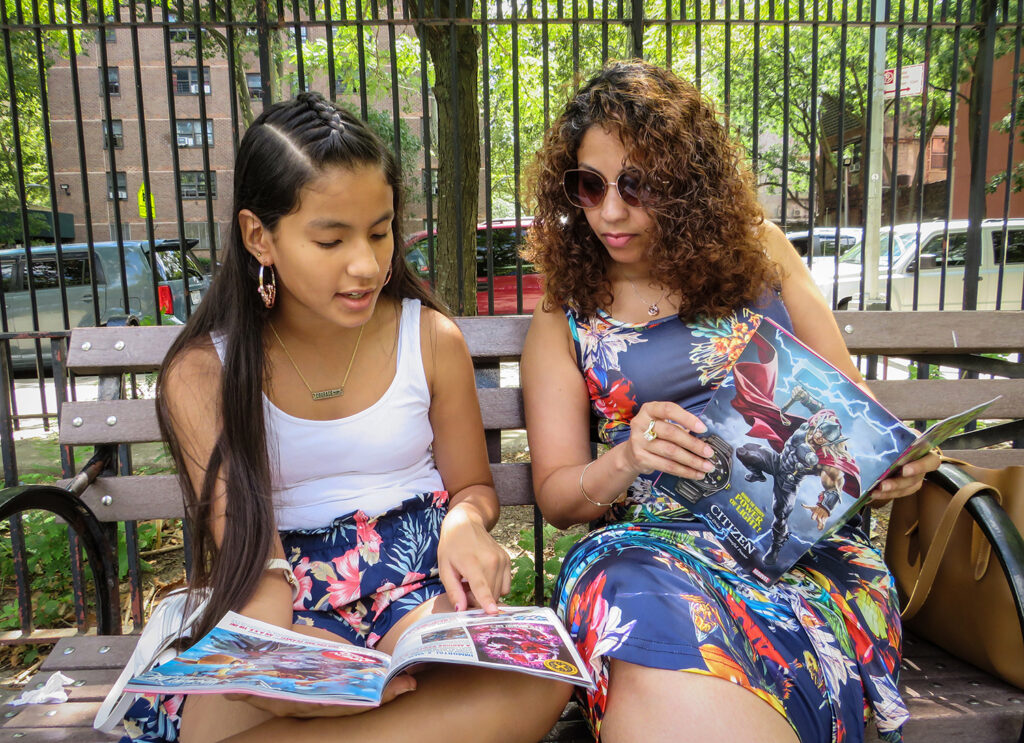
The illustrations depict Puerto Rican and New York landmarks that make her feel closer to her two homes. The comic book even includes the flowers found in Puerto Rico and staple foods. Rodriguez also said the comic books allow for a mother-daughter connection that she wishes she could have forged with her own mother.
Miranda-Rodriguez has expanded La Borinqueña’s reach by creating action figures, the first Afro-Latina superhero toys ever created. He added that the impact of La Borinqueña showcases that “diversity isn’t just for the underrepresented, it’s for everyone, because great stories convey our shared humanity.”
“When people read my stories and they pull things out, whether it’s visually her hair — her braided hair — or if it’s her sitting with her grandparents eating pasteles and other traditional foods indigenous to the island,that fills me with joy,” Miranda-Rodriguez said. “I aim to fulfill this void that has been present for generations.”
Who gets to tell Latinx stories?
In Texas, a Latino-centric comic book convention has taken off thanks to Hector Rodriguez III, a fifth-grade teacher who helped found Texas Latino Comic Con.
Rodriguez was fascinated with comics growing up, he said, but like Janet Rodriguez and Miranda-Rodriguez, he noticed a lack of diversity.
“When was the last time you saw Batman eating empanadas, or Superman eating pozole,” Hector Rodriguez asked.
The lack of representation led Rodriguez to create his own hero: El Peso Hero, a Mexican superhero who sought to fight the criminal organization of the cartels.
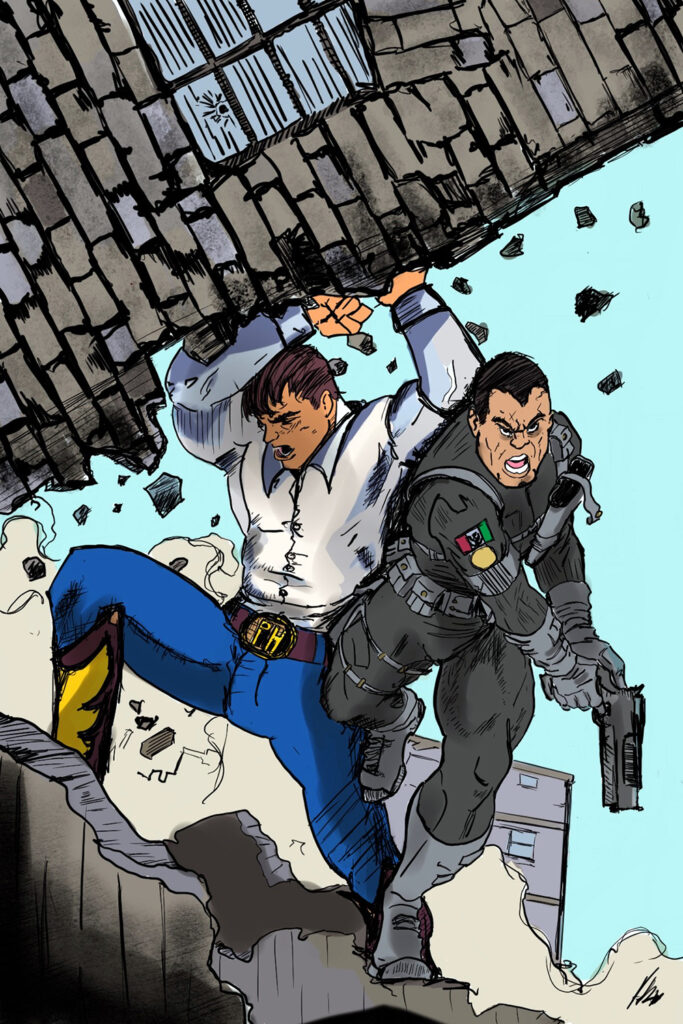
“I was not going to wait for somebody to represent me,” he said. “I was going to do it myself.”
He slowly developed the character over the course of eight years, finally independently publishing the El Peso Hero in 2011. The deportation of one of his students’ father pushed him to release the comic.
As he consoled his student, Hector Rodriguez said his eyes opened to the challenges facing Mexican immigrants in the country. The first stories he wrote for El Peso Hero focused on tensions at the U.S.-Mexico border.
His students read the comic book and he said they saw themselves in the story. He styled the main character in the same attire as many of the working class parents and students he worked with — in just a plain white shirt and blue jeans. The comic book sold 5,000 copies in the first year.
“I wanted El Peso Hero to be grounded, where he resembled a tio or abuelo,” he said.
The future of representation in comics
Comic book illustrator Mike Hawthorne’s goal is to bring Latinx characters further into the mainstream. The Puerto Rican artist has worked on artwork for Spider-Man comics, Wonder Woman comics and the storyboard for Paws of Fury: Legend of Hank.
Early in his career, he self-published the comic Hysteria in 2004, which took place on a fictional Caribbean island with an all-Latinx cast. While he said the book failed, he recalled a publisher expressing that they had “no idea how to market this.”
Hawthorne said he bases characters on his own family. Eleanor Camacho, the daughter of super-antihero Deadpool, a Marvel comic book character originating in the 90s, is based on his own daughter, he said, and the character’s grandmother was based on his Puerto Rican mother. He also is conceiving of new ways to infuse Spanish into the comics, like making Massacre, a supervillain that primarily appears in Spider-Man publications, only speak in Spanish.
“I think we have an obligation to try to push for that at every turn, where it makes sense, and try hard to make the characters as rich and nuanced as we can,” Hawthorne said. “It’s a new world, and I couldn’t be more excited about it. … I feel privileged to get to be working in comics at this transitional time, and can’t wait to see what the next generation of kids grow up to make.”
Nicholas Hernandez is a graduate student at the Craig Newmark Graduate School of Journalism in New York City. His reporting primarily focuses on the arts and culture scene in New York and the Bronx. He is an intern at Reasons To Be Cheerful, an online solution journalism magazine. Reach him at Hernandezn714 [at] gmail [dot] com.